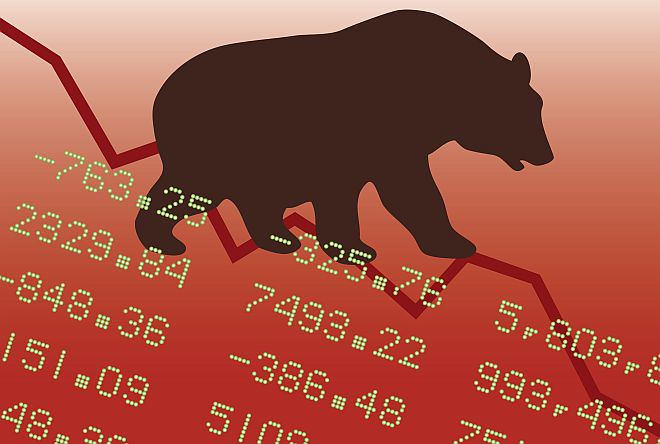Is the Wall Street Rally Coming to an End?

Stocks have rallied about 15% at Wall Street since the presidential election of the last November. The Standard & Poor’s 500 hit the 2400 mark at the beginning of March, after four month featured by extremely low volatility, as shown by the VIX index (see Figure 1), a popular measure of the implied volatility of S&P 500 index options, published by the Chicago Board Options Exchange. Such measure is colloquially defined as the fear index since, generally, the VIX has an inverse relationship to the stock market. It tends to increase when stocks decline and vice-versa. A rising stock market is considered as less risky and here is why, during these four months of almost unchanged uptrend, the VIX stood at historically low levels. Now, at the end of March, the VIX is testing its 200 days moving average, after a long accumulation on the historical lows and it is trying to get through the 13 points mark that has been intact since January.
Figure 1: VIX index. A popular index based on the implied volatility on a basket of options on the S&P500. The higher the perceived risk, the higher the implied volatility. When the market declines put options are more requested, put prices increase and so the implied volatility.
But the last 21st of March, for the first time since November the S&P500 experienced a decline greater than 1%. This is not enough, of course, for stating the epilogue of the trend, but a set of factors are worth some additional considerations. First, the price pattern of March: an historical high has been reached at the beginning of the month. Since then the S&P500 has left the 2400 record unviolated and described a lower high at 2390. Such a distribution has forming a descending triangle, sustained by the 2350 support that has been broken on the downside on March 21st. The following sessions remained confined below this level while the momentum indicators at short term turned into negative figures.
Figure 2: S&P500. Daily data since September 2016. A descending triangle just broke the 2350 support on the downside. The index is testing the 50 days average, that is the next sensible support at 2330.
A look at the long-term chart (Figure 3) shows that a cyclical top is forming around the target zone given by the projection of the ascending pattern 2015/2016 that was completed by the June 2016 breakout of the 2120 resistance. Such target zone is comprised in the 2306/2423 area which higher level corresponds to the upper limit of the ascending channel originated by the January 2016 low, just above 2400. The March correction has broken the short-term uptrend on the downside and is signaling a consolidation phase. This is not, at this stage, a major reversal signal, but a clean-up of the excesses reached by the recent rise is more than understandable. Furthermore, the historical seasonality favors a less favorable phase, especially in spring.
Figure 3: S&P500. Weekly data since late 2012. A cyclical top is forming around the target zone 2400.
Alberto VIVANTI – SAMT Vice President – Graubünden and Liechtenstein Chapter– alberto.vivanti@samt-org.ch
Disclaimer: the above article is for general information and educational purposes only. It is not intended to be investment advice. Seek a duly licensed professional for investment advice.

